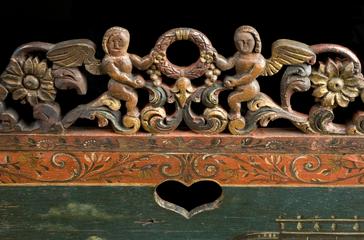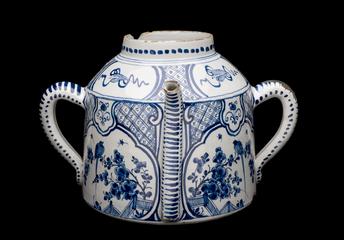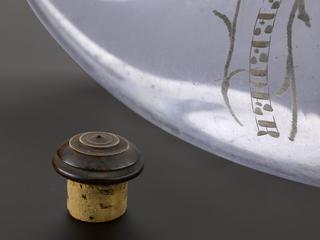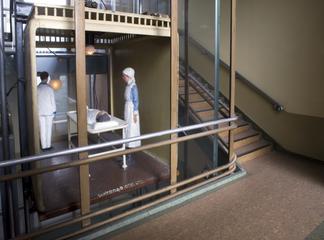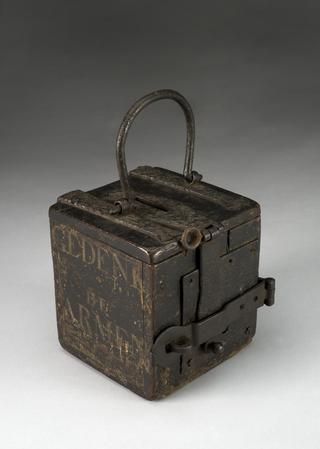
Staff chart for NHS Nightingale Hospital London
- Made:
- 2020 in United Kingdom
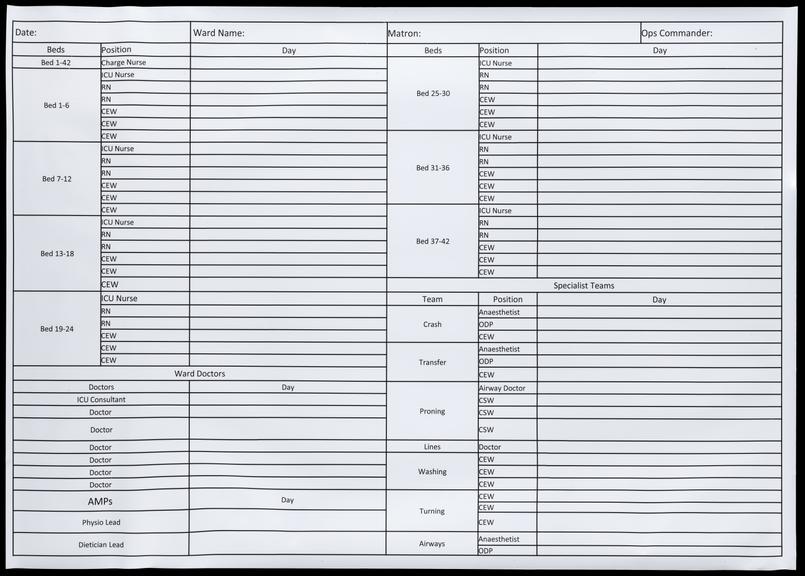
Blank laminated chart designed for use in NHS Nightingale Hospital London to show which staff were working in which ward including information of which roles were allocated were including Matron, Ops Commander, Charge Nurse, Intensive Care Unit (ICU) nurse, Registered Nurses (RN), Clinically Experienced Workers (CEWs), doctors, anaesthetist, Operating Department Practitioners (ODPs), Clinical Support Workers (CSWs), Allied Medical Professionals (AWPs) including physiotherapists and dieticians, and members of specialist teams for crash, transfers, proning, lines, washing, turning and airways, April - May 2020
Keeping track of who is doing which role on a ward is vital in any hospital but especially at the NHS Nightingale Hospital London where teams were drawn from across the country and had not often worked together before.
This chart also shows the range of healthcare professionals that were planned to be on each ward. These include a matron – in charge of the ward, a charge nurse leading and co-ordinating the nursing team which is made up of Intensive Care Unit nurses, Registered Nurses and Clinically Experienced Workers (CEWs). CEWs were people working in healthcare roles with some clinical experience such as audiologists who then received full training from the Nightingale Learning team. They helped with tasks such as taking and recording hourly observations, ensuring equipment was re-stocked. Teams also included doctors, Intensive Care unit consultants, physiotherapists, dieticians. Specialist teams for certain tasks such as looking after people’s airways, washing or turning them which including Clinical support workers who were also trained to support their teams particularly where Personal Protective Equipment was put on or taken off.
The NHS Nightingale Hospital at the ExCel Centre in London was the first of seven Nightingale hospitals to be opened. Extra beds were planned after concerns over the ability of the National Health Service to cope with high numbers of people requiring treatment during the first wave of COVID-19. Drawing on the expertise of creating military field hospitals, NHS Nightingale London, the size of ten football pitches, was fitted out in just nine days. Opened virtually by Prince Charles on 3 April 2020, the hospital had capacity for 4000 beds in wards named after historic figures from British medical history.
Only a small proportion of beds were ever used as NHS Trusts could not release staff. Existing hospitals transformed spaces into critical care wards. The NHS Nightingale London Hospital closed on Nurses Day on 12 May 2020 with 700 people debriefed at the 02. In January 2021, it reopened to treat non-coronavirus patients after being on standby since May 2020. Between 11 January 2021 and 25 June 2021, it was a mass vaccination centre, delivering 130,000 jabs. For both uses it was overseen by Barts Health Trust. Described by the NHS as the “ultimate insurance policy”, some questioned the £500 million cost of building and maintaining the seven sites.
Details
- Category:
- Nursing & Hospital Furnishings
- Object Number:
- 2022-166
- Measurements:
-
overall: 1165 mm x 847 mm
- type:
- chart - graphic document
